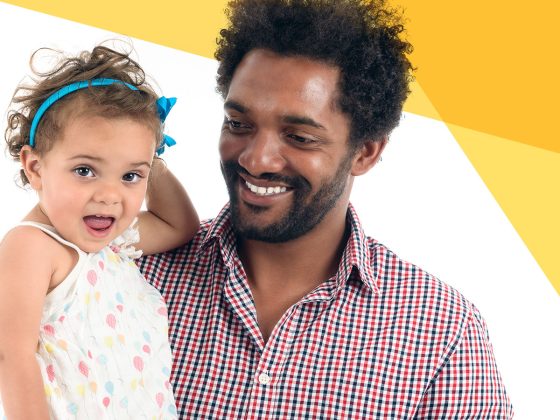
Seeing, Showing, and Sharing
Help your children express themselves with a strong feelings vocabulary.
Building a strong feelings vocabulary is like building a muscle—it takes exercise, practice, and hard work! Try these exercises to help children practice expressing themselves:
See it. When children can “picture” words, they’ll learn them more easily. Take out a family photo album, child-friendly magazine, or picture book. Point to a person or character and say, “How do you think he/she is feeling?” If children say, “happy,” build on that. You might say, “She looks really, really, happy. A word for really, really, happy is ‘ecstatic.’”
Show it. Children will be more likely to remember a new word if they experience its meaning. Come up with a movement or face for each word that you learn together. If the word is “exhausted,” for example, kids might flop over and give a really big yawn.
Share it. Use words for feelings and emotions every day. Encourage kids to describe feelings as they tell you about things they did that day. Ask questions like, “How did you feel when you _______?” Remind them of the ways to describe happy, scared, mad, and tired feelings.
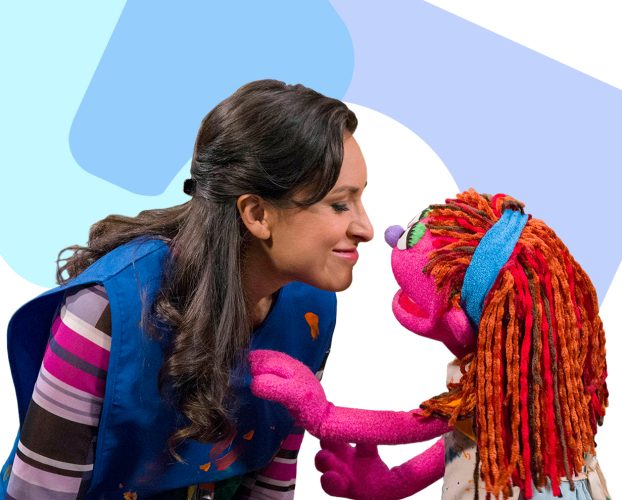
Creating Safety and a Sense of Home
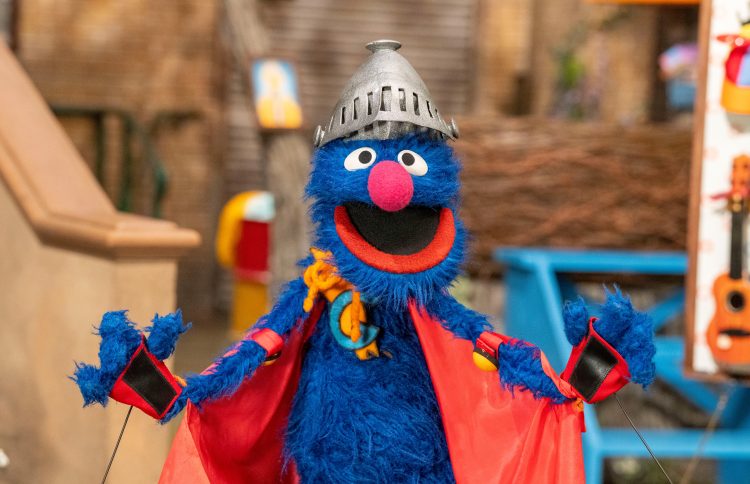
Watch and Play: Grover's Super Suitycase
Watch this episode and explore ways to extend the learning at home.
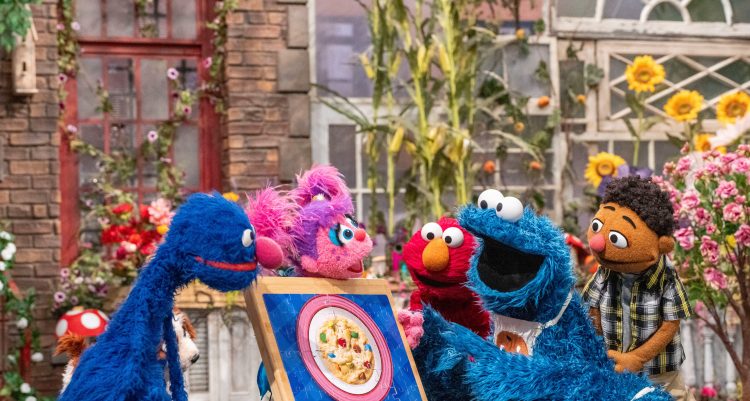
Watch and Play: Cookie Monster's Big Puzzle
Watch this episode and explore ways to extend the learning at home.
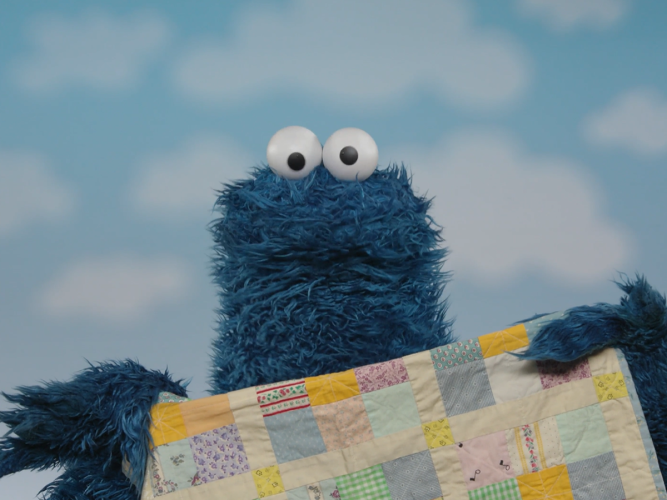
Cookie Monster’s Beach Day
When children are in the hospital, their imagination can become a valuable tool in soothing themselves.
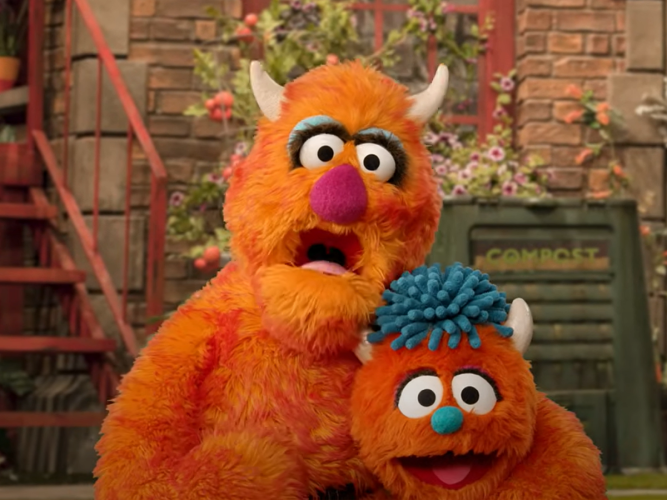
Monster Meltdown
Meltdowns happen… but they are somewhat predictable! As you try to handle them, curiosity and patience go a long way.
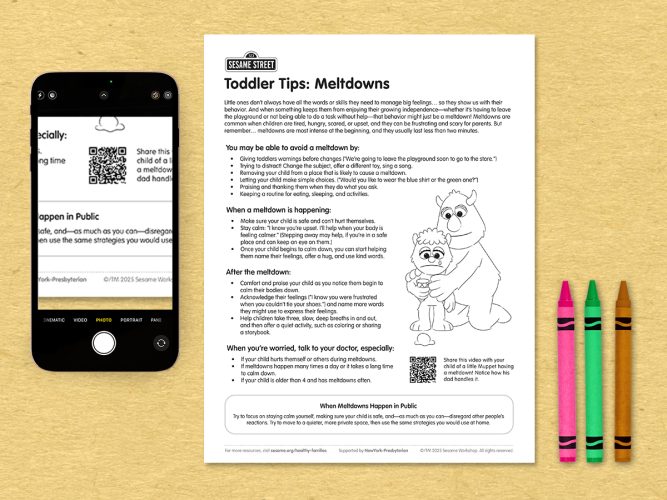
Toddler Tips: Meltdowns
Strategies for during and after a meltdown…and even some ways meltdowns might be avoided.
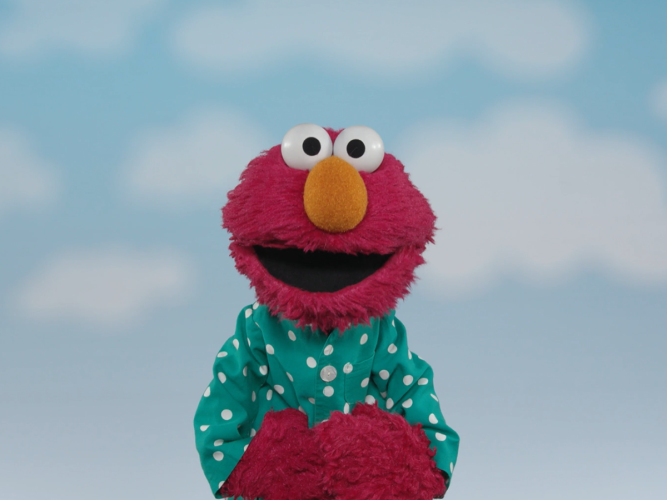
Listen, Feel, and See with Elmo
When children are in the hospital, this mindfulness game can help them soothe themselves.
